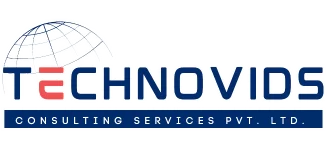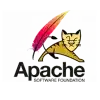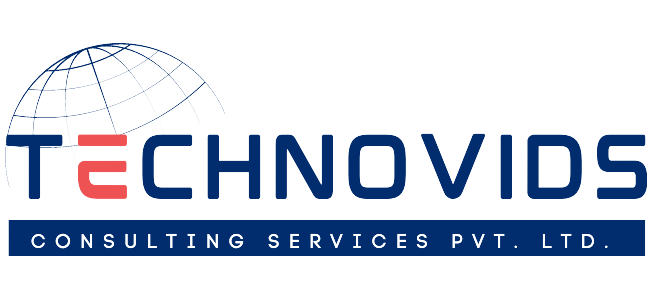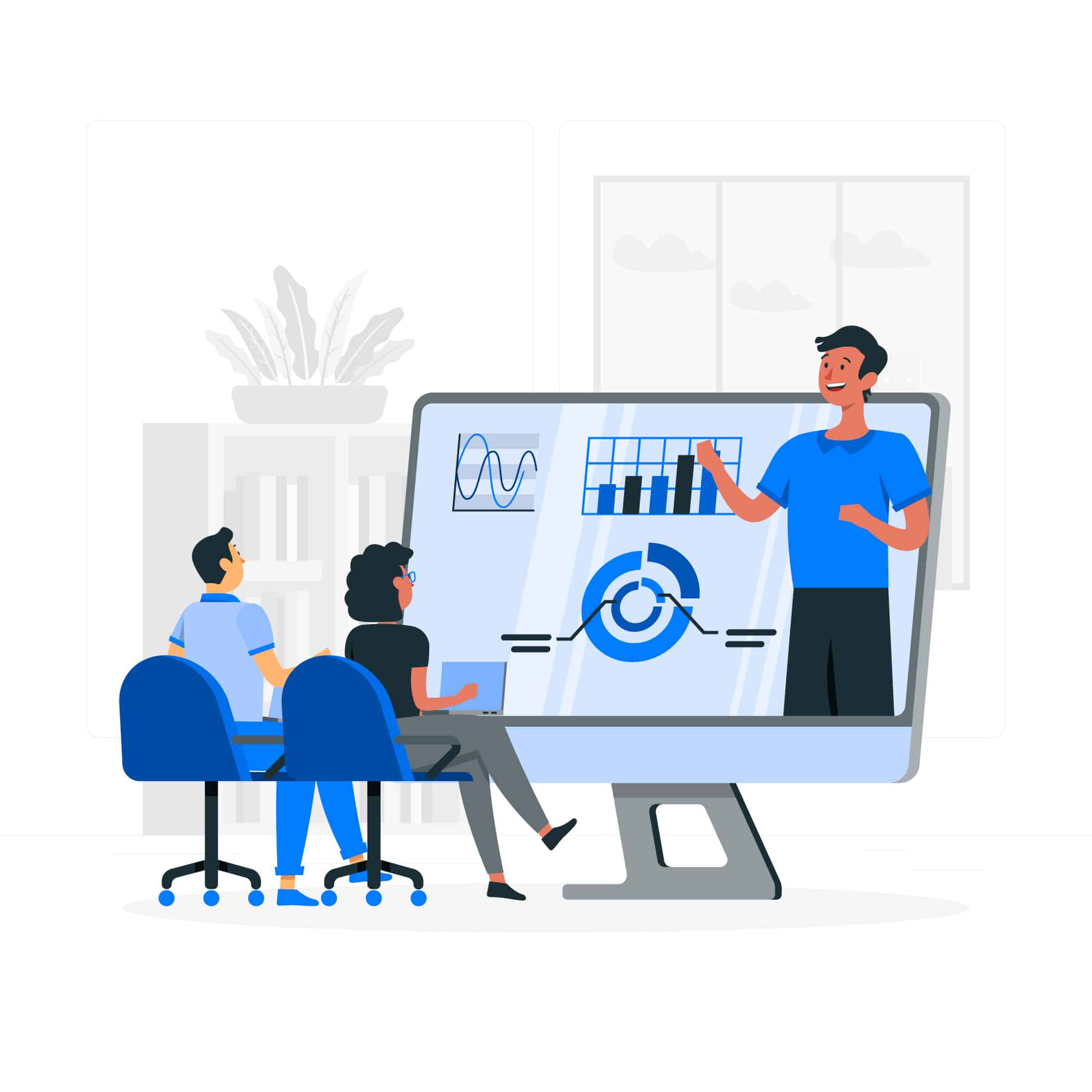- Bootcamp for Java Programming
Java Programming Training Bootcamp
Through our Java training program, we assist your your team in becoming proficient and efficient programmers as well as informed decision-makers as per your business needs. Our industry expert trainers will guide your team through the fundamentals to the more advanced topics such as Object-Oriented Programming, Design Patterns, Core Java APIs, and Application and Web Development.
We design customised training modules as per the requirements which helps your business flows more efficiently and effectively.
Get your quote.
Duration
7 Months
Learning format
Self Paced and Classrooms
Additional Benefit
Placement Assistance
Certication
9+ Certificates
About course
This Java Programming Training Bootcamp is designed to assist your team of Java developers upskill and gain a deeper understanding of complex Java concepts as per your business needs. This course covers all the advanced topics such as Java Database Connectivity (JDBC), Java Virtual Machine (JVM) Internals, Concurrency and Multithreading, Microservices Architecture and much more. As well as we provide customised training modules which let you choose the learning modules as per your needs which makes it more effective and efficient for your business.
After completion of this program, your team will be able to use Java proficiently and create stunning applications which leads to fulfill your business needs.
Java Programming Training for your Group or Team
With our Java Programming Training Program, we can teach groups and teams how to become more efficient with the advance Java Concepts. This training is great for organizations and professionals who want to upskill their teams as per their business needs. We can help your employees to develop better applications and programs.
Why Technovids for Java Training Bootcamp for your team?
Understand Corporate Culture: In our Bootcamp we dont just teach Programming with Java, We helps you to get what the company is all about.
Our Expert trainers will help you to make your transition into your new job smooth by telling you the company values, what they expect, and how things work.
Polish Your Professional Skills: This bootcamp helps you to become a professional, not only in programming but also in soft skills like time-management, basic ettiqutes and work ethics.
There are super important aspects to know which can help you to work along with your coworkers and seniors.
Think Like a Leader: Through our bootcamp, we help you to develop and nurture your leadership qualities which actually helps you to open the doors to become a leader and get a significant role in the future
Be Ready for Projects: Your main job is to perform efficiently. Our expert trainers will teach you real-time skills to help you from day one.
Through our boot camp, we will assist you in becoming an efficient and smart asset for your company. Whether it’s technical stuff, solving problems, or quick thinking. You will learn how to perform efficiently and get ready to help on projects.
Build your Network: Regarding networking, keeping the right approach and your soft skills matter. Our Bootcamp makes connecting with people easy by giving you more insights on networking and soft skills. This will help you build more connections, have more people to help you work well, and let them make you feel like a part of the team.
Keep Learning all the time: When it comes to the IT industry, companies adopt new technologies in the short term per their requirements, and settling on one technology is never a good idea. Our expert industry leaders in our boot camp will guide you to become a quick learner and efficient asset, which always helps you stand out in your surroundings and get a better place in your company.
Feel More Confident and Grow: Our bootcamp is all you need to settle and even stand out in corporate culture, by giving you the right guidance on culture adaption, teaching you the
top-notch technicals and helping you to become an efficient asset for your company we make you feel more confident and grow even faster.
Our Bootcamp is all you need to settle and stand out in corporate culture; by giving you the right guidance on culture adaption, teaching you top-notch technicals, and helping you become an efficient asset for your company, we make you feel more confident and grow even faster.
Key Highlights
Comprehensive Curriculum
Continuous Assessment and Feedback
Ongoing support and resources
Measurable Outcomes
Course overview
Term 1
- Introduction to Java Programming
- Java Development Environment
- HTML, CSS, and JavaScript Fundamentals
- Java Servlets and JavaServer Pages (JSP)
- Database Integration with Java
Projects:
- Minor Project 1: Building a Dynamic Web Application with Java Servlets and JSP
- Java Persistence API (JPA) and Object-Relational Mapping (ORM)
- Spring Framework and Dependency Injection
- Building RESTful APIs with Java and Spring Boot
- Frontend Frameworks
- Deployment and DevOps Practices
Projects:
- Minor Project 2: Developing a RESTful API with Java and Spring Boot
- Overview of Java programming language
- Variables, data types, and operators
- Control statements: if-else, loops, and switch-case
- Object-oriented programming concepts: classes, objects, inheritance, polymorphism, and encapsulation
- Exception handling and error handling
- File handling and input/output operations
- Introduction to Java libraries and frameworks
Talk with us about your requirments
Elevate your company's success with our corporate training.
Contact us today!
- Our students says everything about us
Reviews and Testimonials
- We have answers of your upcoming questions
Frequently asked questions
A: No, prior programming experience is not mandatory. This course is designed to cater to individuals from diverse backgrounds, including those without programming knowledge.
A: Absolutely! Freshers and graduates are encouraged to enroll in the Full Stack Java Developer Training program. It provides a solid foundation and empowers them to start working on development projects immediately.
A: Yes, upon successful completion of the Full Stack Java Developer Training course, you will receive a certification from Technovids. This certification will validate your skills and knowledge in full stack Java development.
A: Technovids offers placement assistance to course participants. We have strong industry connections and will support you in finding suitable job opportunities based on your skills and requirements.
A: Our training program adopts a practical-oriented approach, providing hands-on experience in real-world scenarios. The course content is comprehensive, covering all essential topics in full stack Java development. Additionally, our focus on industry-relevant experience ensures that you are job-ready from day one.
Join us today
Enroll in Technovids Java Developer Bootcamp today and unlock your potential as a skilled and in-demand Full stack Java developer. Join us on this exciting journey towards a successful career in the tech industry!





















